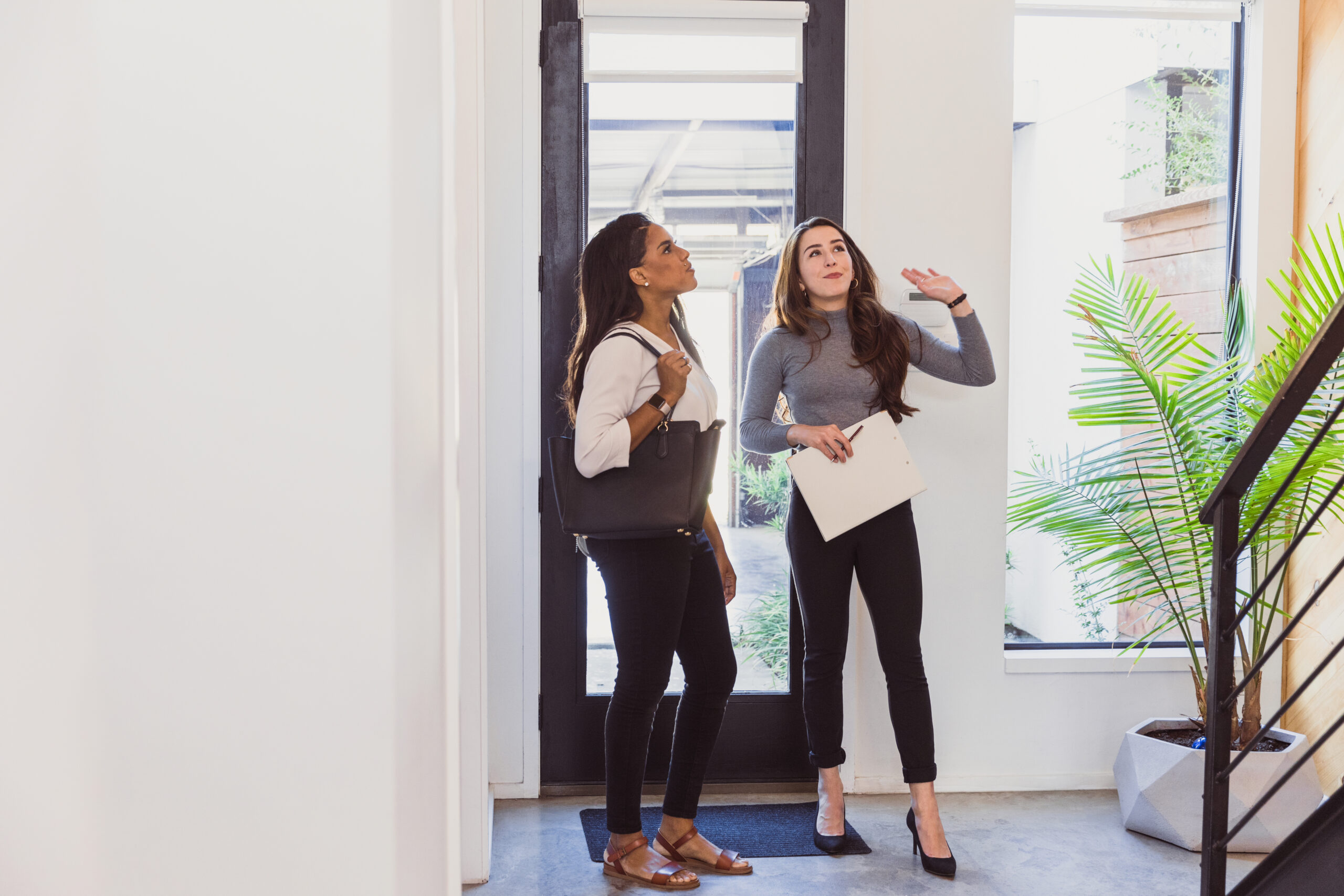• Expert Advice for Coordinating Two Moves on Concurrent Closing Dates •
The idea of buying and selling your home at the same time may seem scary and overwhelming but it doesn’t have to be. With a strategic plan in place and the right team behind you, you can do it!
Here are a few tips that we’ve learned from our experience with clients who have been successful in this tricky scenario:
#1. Research the Market Conditions
One of the biggest decisions you’ll need to make is whether to buy first or sell first. But, sometimes, that’s not up to you. Market conditions can greatly impact which of these events come first.
A buyer’s market, for example, exists when there are more homes available than people looking to buy. It gives buyers an advantage — and you’ll probably have an easier time finding your new home than you will in selling your old home.
The opposite is a seller’s market in which there are more buyers in a market than there are homes available. A seller’s market gives sellers an advantage and, in this scenario, you’ll likely be able to sell your home faster than you’ll find a new one.
#2. Know Your Options
If you’re in a buyer’s market, there are a few scenarios that could play out. Sellers may be willing to accept a contingent offer — which means you could make an offer on your new house contingent on selling yours first. Similarly, you could request an extended closing date to give more time for your home to sell.
If you’re in a seller’s market (where your home may sell your home before finding another one), you might consider asking your buyers to do a rent-back after closing to give you more time to find a place. You could also make an offer with a settlement contingency.
#3. Crunch the Numbers
When buying and selling at the same time, it’s also imperative to have your financial ducks in a row so you can make quick decisions. There are three main things you can do:
- Get a pre-approval from your lender. It allows you to know exactly what your buying power is for your next home.
- Get a comparative market analysis. This gives you an idea of your existing home’s value based on recent sales in your neighborhood.
- Get an estimated seller net sheet from escrow. It helps you understand what the proceeds of your existing home’s sale will be — based on the equity you have in your home.
#4. Explore Loan Options
Next up, explore your loan options. Bridge loans are popular in this scenario. A bridge loan is a temporary loan, secured by your existing home, that can “bridge the gap” — allowing you to purchase a new home even if your other home hasn’t sold yet. In essence, you’re accessing your home’s equity before you sell and can use that for the downpayment on the new purchase.
There are pros and cons to this scenario, so it’s always best to speak with your lender to determine if this is the right option for you. You can also check out Reali Loans to get pre-approved with our team.
#5. Choose a Real Estate Agent
To strengthen your offer on the new home and show you’re serious, it’s important to have a signed listing agreement with a real estate agent for your existing home.
Not only will you want to find a qualified agent in your market, but you’ll also want to prep your home for sale. This may include decluttering, repairs, staging, listing photos, and more — and it can help improve the chances of your home selling quickly.
#6. Be Patient and Flexible
Remember, buying and selling a home at the same time doesn’t have to be overwhelming. With a solid game plan and a knowledgeable agent by your side, you can achieve your goals. Just remember to be patient and flexible — there are a lot of moving parts that need to align.
Have a home you need to sell before you buy? Reali Trade-In might be right for you.
The Bottom Line
Call us at 858.880.0195 or email portia.green@compass.com to get started.





